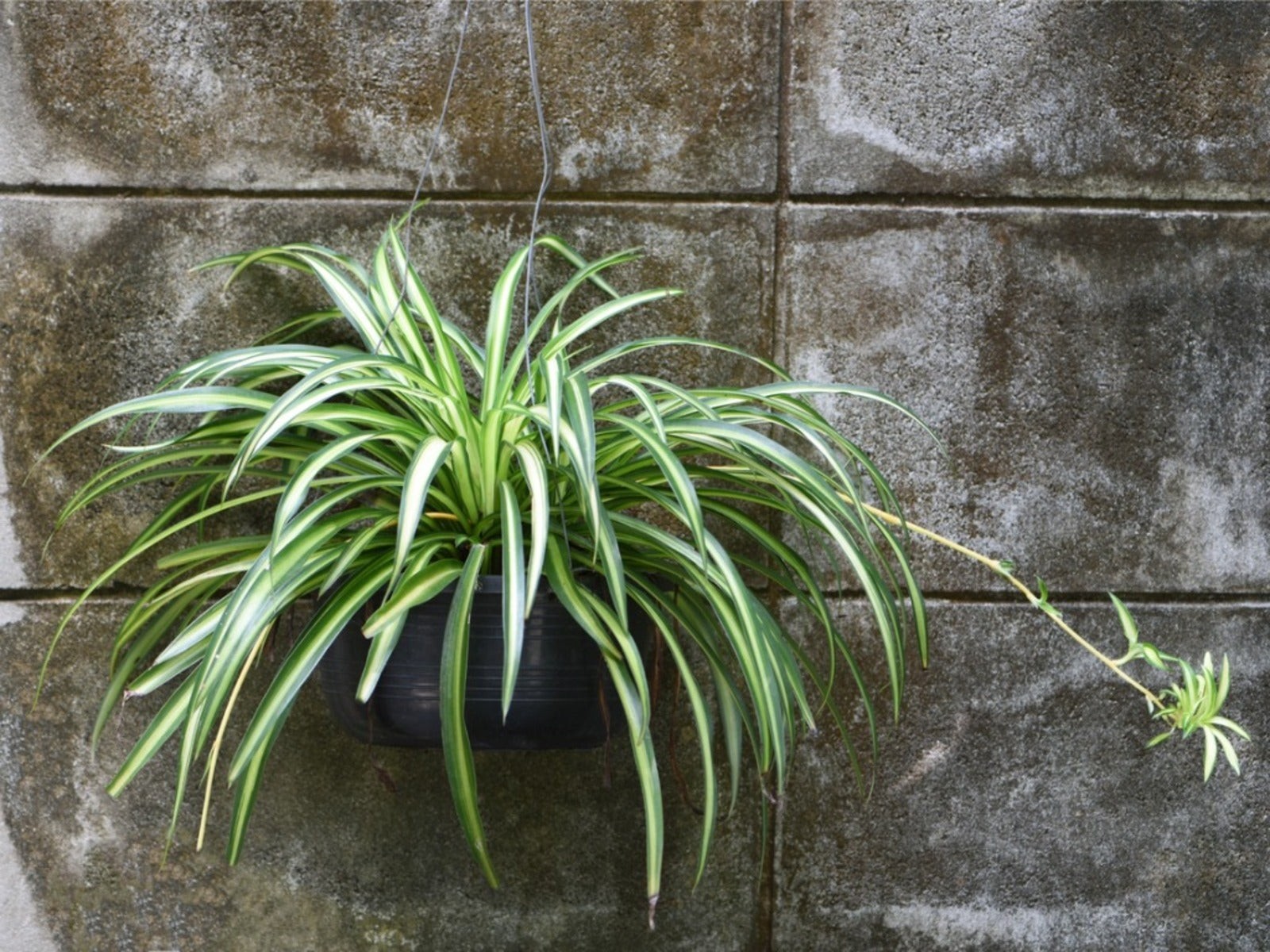
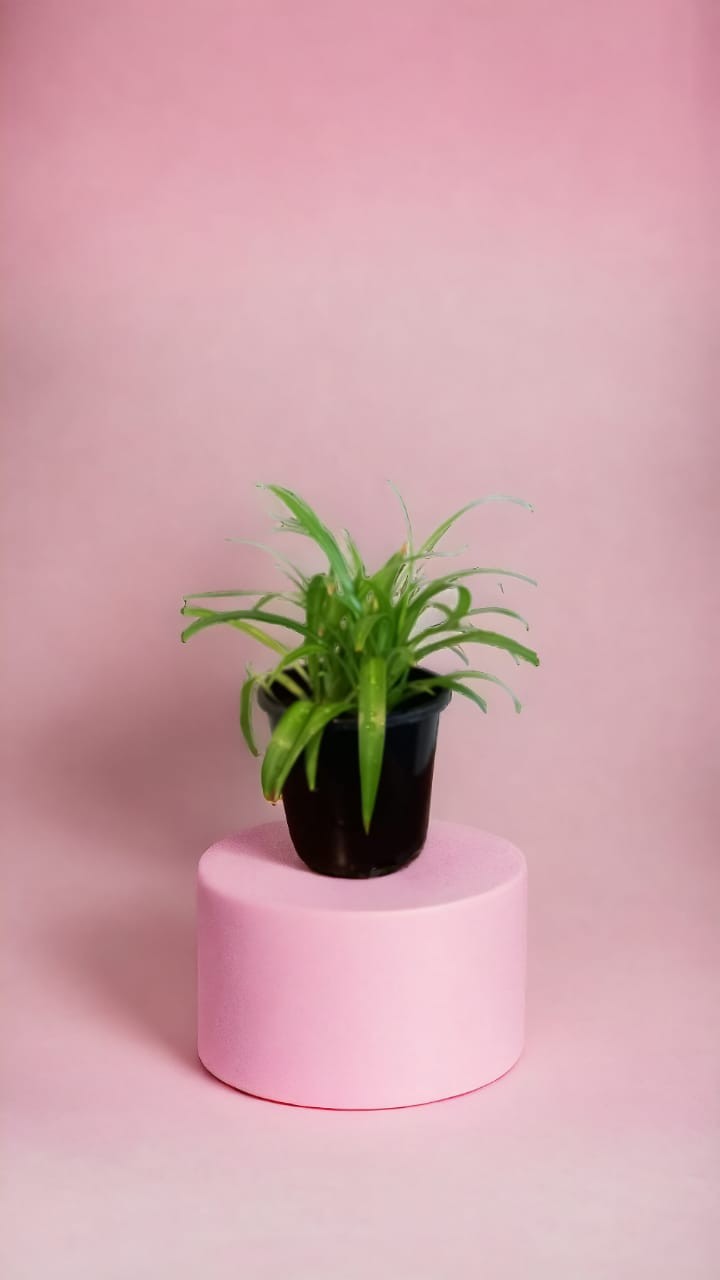


Ribbon Plant or Spider plant
Approx $8.88 USD Normally: $24.99

Growing and caring for a spider plant, scientifically known as Chlorophytum comosum, can be a gratifying experience due to its fast growth,
unique appearance, and air-purifying qualities. Here's a comprehensive guide to help you cultivate this popular indoor plant:
What You Need to Know About Spider Plants:
- Common Names: Spider plant, hen and chickens.
- Scientific Name: Chlorophytum comosum.
- Height and Spread: Can reach up to 60cm in both height and spread in pots; similar sizes apply when planted in the ground.
- Foliage: Features ribbon-like, mid-green or variegated leaves.
- Climate: Thrives from tropical to cool temperate climates.
- Soil: Prefers well-drained soils.
- Position: Best in bright, indirect light.
- Flowering: Exhibits small, greenish-white flowers, leading to the production of plantlets.
- Feeding: Apply controlled-release fertiliser as per the product's instructions.
- Watering: Prefers moist but not waterlogged soil; tolerates dry conditions.
Appearance and Characteristics:
The spider plant is known for its lush, strappy leaves and its ability to efficiently clean the air. Its arching stems produce small white-green flowers and subsequent plantlets or 'spiderettes,' which can root and grow into new plants upon contact with soil, contributing to its rapid spread.
How to Plant and Grow:
-
Container Gardening: Due to its spreading nature, growing in a pot or hanging basket is advisable to prevent it from
becoming invasive. Choose a sizeable pot with good drainage and use a high-quality potting mix.
-
Propagation: Easily done by cutting off plantlets and placing them in water or directly into potting soil, where they will
quickly develop roots.
- Location: Indoors or outdoors in shade; avoid direct sunlight to prevent leaf burn.
Care Instructions:
-
Watering: Keep the soil moist but not soggy. Allow the top inch of soil to dry out between waterings. Reduce watering in
winter.
-
Feeding: Fertilize once a year in spring with a controlled-release fertilizer. Overfeeding is unnecessary and can harm the
plant.
- Pruning: Trim back arching stems and remove excess plantlets in autumn to control growth and spread.
-
Pest and Disease Management: Generally resilient, but watch for brown leaf tips, which may indicate fluoride or chlorine
exposure from tap water. Use rainwater or filtered water if this occurs.
Additional Tips:
- Companion Plants: Consider pairing your spider plant with other easy-care indoor plants such as peace lilies, anthuriums, or mother-in-law's tongue for varied textures and added air purification.
- Environment: Spider plants are excellent for improving indoor air quality by filtering out pollutants, making them ideal for office spaces, living areas, and bedrooms.
Start Growing Today:
Embrace the spider plant for its minimal care requirements, aesthetic appeal, and health benefits. Whether you're a seasoned gardener or a novice, this resilient plant can add life and greenery to any space without demanding much in return. Remember, with just a little care, your spider plant can thrive and become a lively addition to your indoor garden
The product may be provided by a different brand of comparable quality.
The actual product may vary slightly from the image shown.
Shop amazing plants at The Node – a top destination for plant lovers








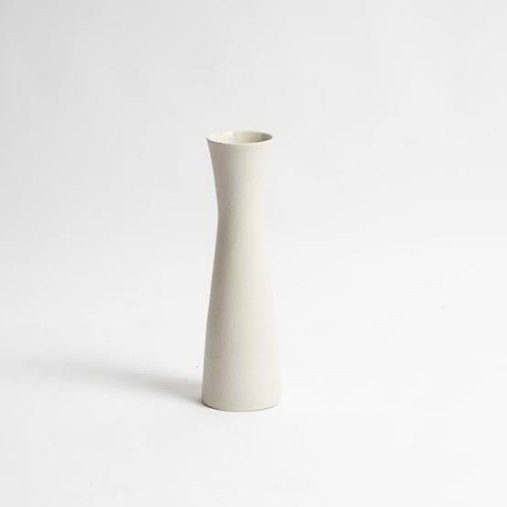
.jpeg)
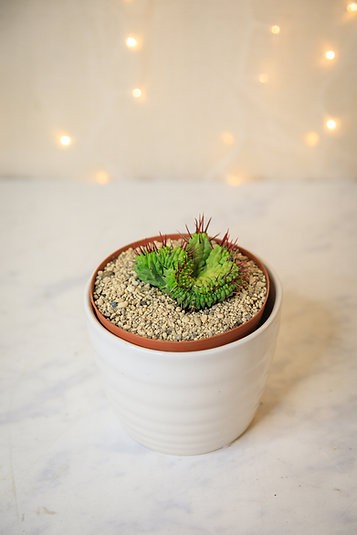
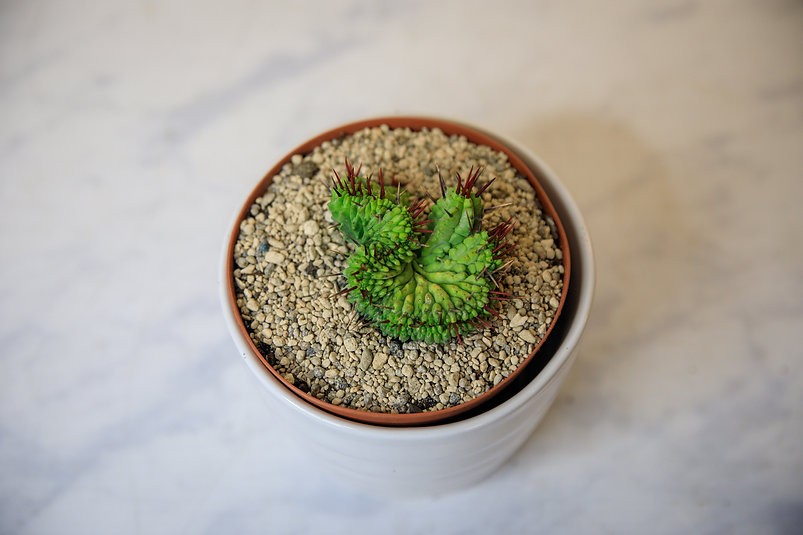
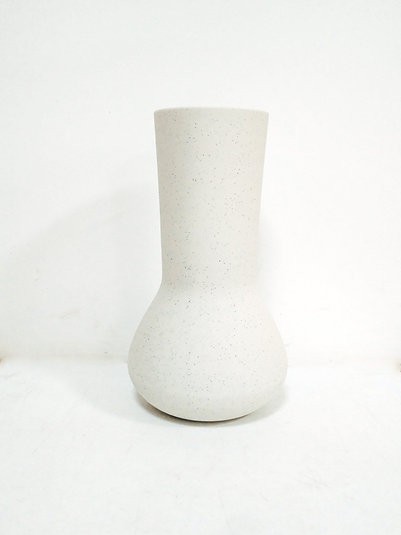
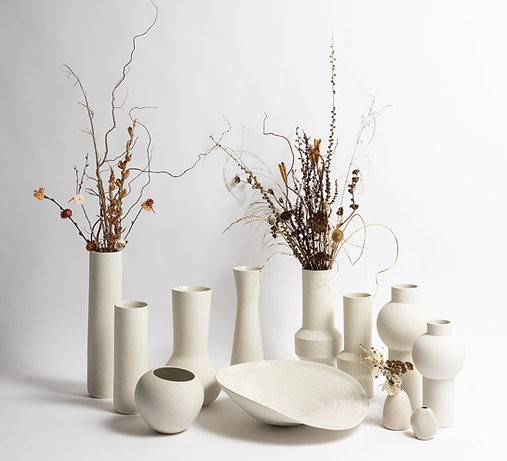


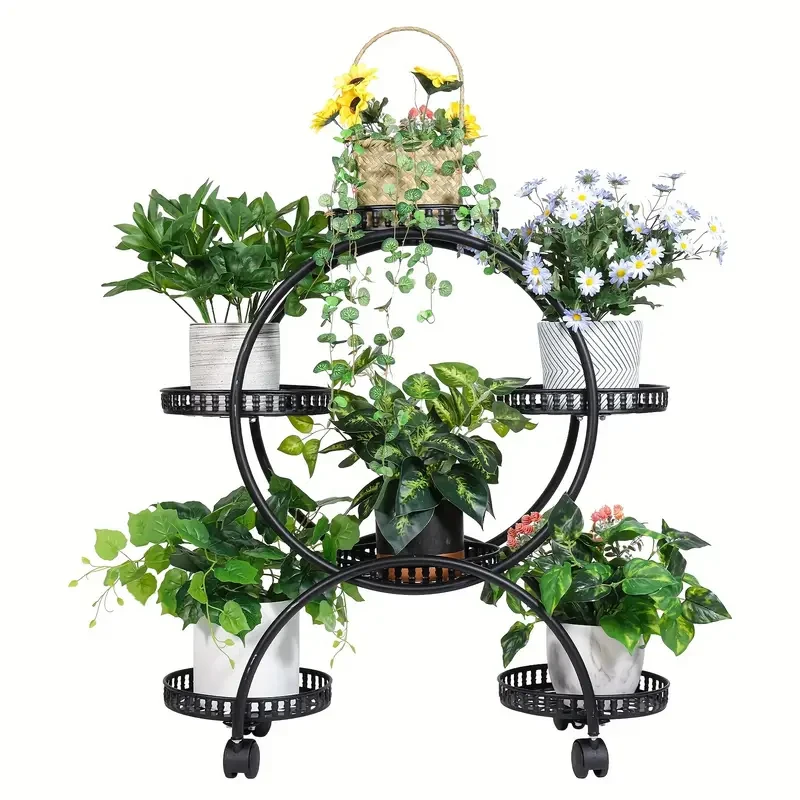
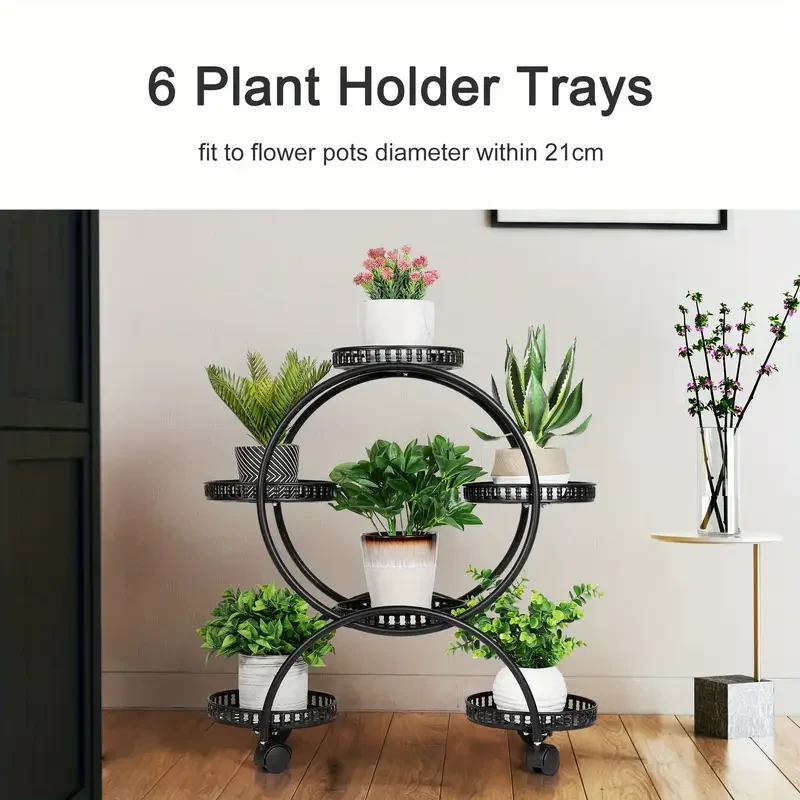


.jpg)









.jpg)





.jpeg)





.jpeg)



.jpeg)








.jpeg)



.jpeg)

.jpeg)

.jpeg)

.jpeg)




.jpeg)
.jpg)

.jpeg)






.jpeg)
.jpeg)




.jpeg)





.jpeg)


.jpeg)

.jpeg)

.jpeg)

.jpeg)







.jpeg)
.jpeg)
.jpeg)





.jpeg)



.jpeg)






.jpg)
.jpeg)









.jpg)


ulva-Logo.jpg)




.jpeg)



.png)








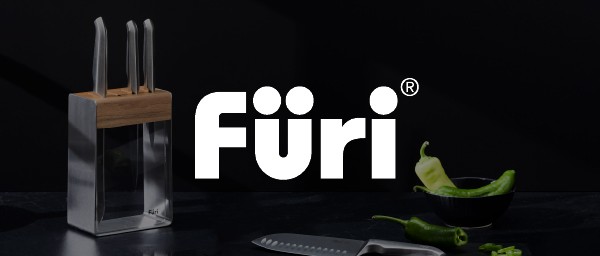






.png)























